
Starting June 1st, 2023 Our warehouse fee will be $0.65/cubic foot per month
In effort to lower the warehouse storage fee during inflation, we have went narrow aisle racking.This construction took us four months but the project is finally completed. With narrow aisle racking, we are able to drop storage by 24%.We as partners will go through this inflation together.
12/03/2023
Elevating a warehouse into the realm of automation is no small feat, yet the integration of artificial intelligence (AI) emerges as a pivotal force in revolutionizing warehouse management. Across diverse industries, from logistics to supply chain management, AI has left an indelible mark, wielding its transformative power. The significant impacts it has already made underscore its potential to be a game-changer.
The ripple effect of AI extends from precise inventory management to nimble order fulfillment, demonstrating its capacity to reshape the very core of warehouse functionality. The power to foresee, adapt, and learn imbues AI with the ability to enhance overall efficiency, marking a departure from conventional practices. Join with Worldcraft Logistics on an exploration into the value that AI injects into warehouse management.
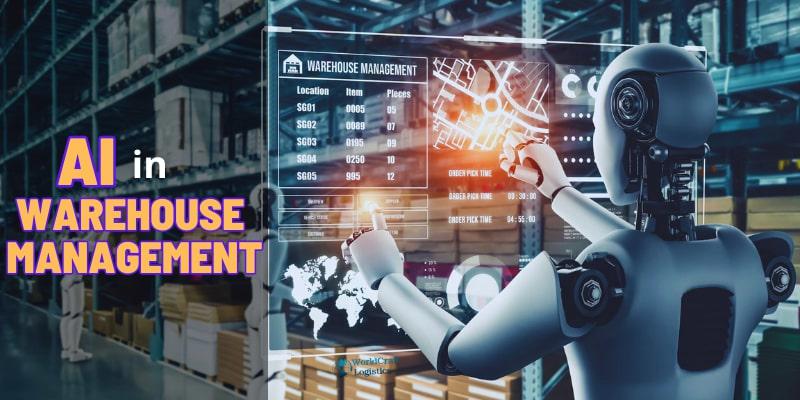
Maybe you are interested:
Locus Robotics Introduces New Solution to Seamlessly Integrate AMR Models
Kodiak Robotics' Driverless Technology Advancement: Cutting Cables with Confidence
Air Europa Cargo and CargoAi announce strategic partnership to enhance air cargo booking experience
With the advancement of automation technologies such as Robotic Process Automation (RPA) and industrial robots, warehouses are increasingly becoming automated, reducing the need for manual labor and freeing up workers to focus on more strategic tasks. This not only reduces labor costs but also enhances safety and lowers the risk of workplace accidents. Specifically, AI can undertake tasks such as:
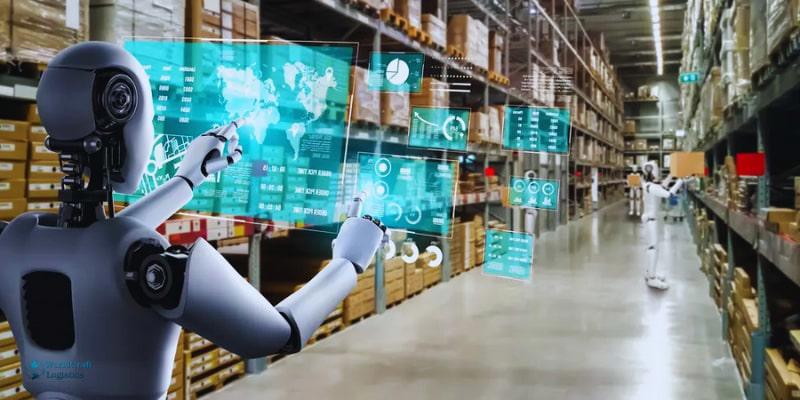
AI, with advanced algorithms, helps companies make informed decisions about their inventory, ensuring that they have the right products in the right place at the right time. This reduces the time and resources spent on manual inventory management and mitigates the risks of stockouts and overstocking. AI can analyze transportation and delivery data to predict delivery times and suggest the most efficient delivery routes, enhancing customer satisfaction and overall supply chain efficiency.
Example: AI can analyze data from various sources, including sales data, customer demand, and supply chain data, to predict future demand and propose inventory levels. This information can then be used to optimize the inventory levels of each product, ensuring more efficient inventory management and reducing the risk of stockouts. AI can automate the ordering process, ensuring timely placement and receipt of new stock.
AI improves overall warehouse operations by automating tasks, optimizing inventory management, reducing labor costs, improving delivery times, and lowering equipment maintenance costs. With advanced algorithms and automation technology, AI can analyze data, make predictions, and provide suggestions to help companies make informed decisions.
This leads to increased efficiency, improved accuracy, and cost reduction. AI can also provide real-time data and detailed information, enabling companies to make quick and effective decisions to enhance warehouse operations. By leveraging the power of AI, companies can lead their competitors and provide a better experience for their customers.
AI can analyze data from various equipment sensors to predict when maintenance is needed and propose the most cost-effective maintenance strategy. This reduces the time and resources spent on maintenance while minimizing the risk of equipment breakdowns and downtime.
Predictive maintenance can also improve the overall performance of equipment and extend its lifespan. By using AI to monitor equipment performance, warehouse operations can be optimized, leading to increased efficiency and cost savings. According to a Deloitte study, predictive maintenance programs using AI can reduce overall maintenance costs by up to 10%.
AI predicts and optimizes maintenance by analyzing sensor data, reducing costs and downtime while improving equipment performance and lifespan in warehouse operations.
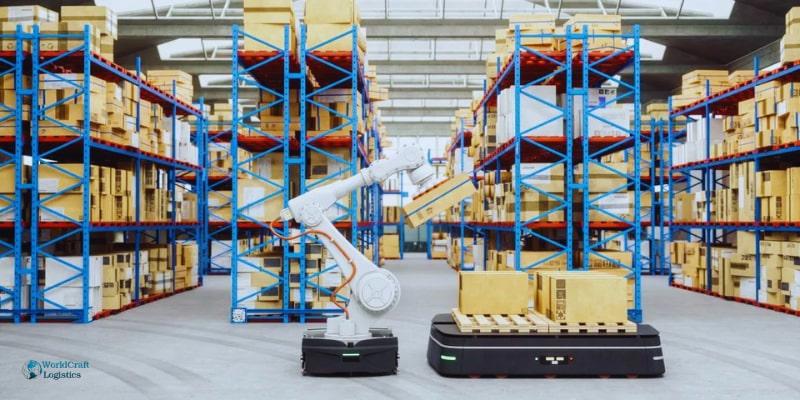
Automation technologies and AI-driven robots, such as Autonomous Mobile Robots (AMRs) and picking robots, are transforming warehouse operations. These intelligent systems can navigate through warehouse aisles, identify the location of items, and perform tasks such as picking, sorting, and packaging at high speeds. By deploying AI-supported robots, warehouses can increase productivity, reduce human errors, and improve safety.
Algorithms supported by AI optimize order picking routes, considering factors such as product characteristics, picking frequency, and real-time order priority. By intelligently organizing orders and optimizing travel routes, warehouses can improve order accuracy, increase throughput, and reduce labor costs.
This enables smart demand forecasting and inventory optimization, analyzing historical data, market trends, and other factors to provide accurate demand forecasts. By leveraging the demand forecasting capabilities provided by AI, warehouses can optimize inventory levels, reduce excess inventory, minimize overstock situations, and improve overall supply chain efficiency.
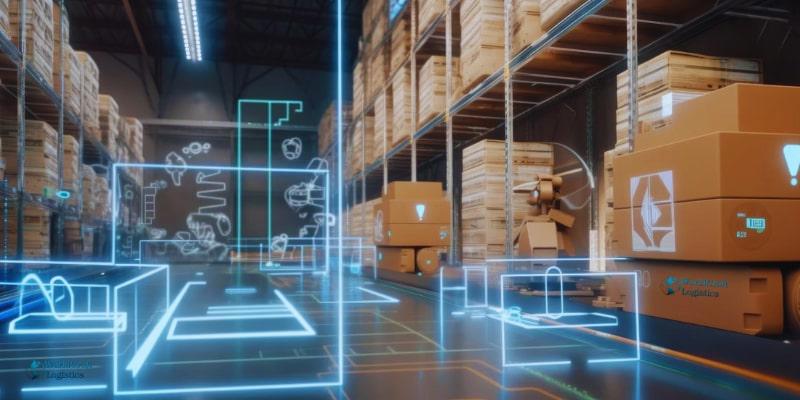
Integrating AI into warehouse management can significantly enhance efficiency, accuracy, and overall operational performance. Here's a guide on how to effectively use AI in warehouse management:
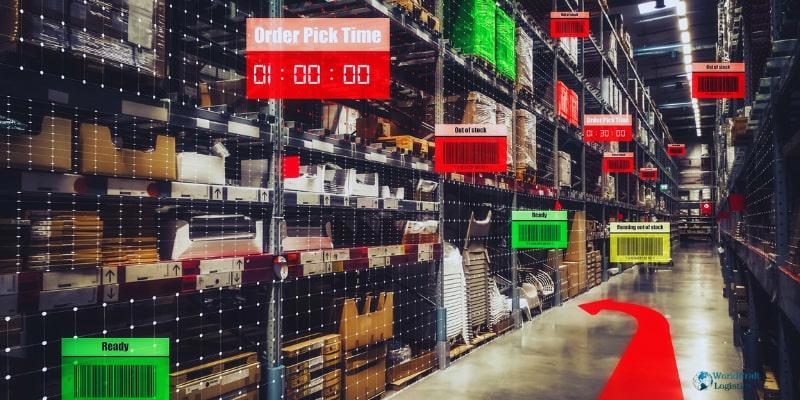
By incorporating AI into various aspects of warehouse management, organizations can streamline operations, reduce costs, and stay agile in the face of dynamic supply chain challenges.
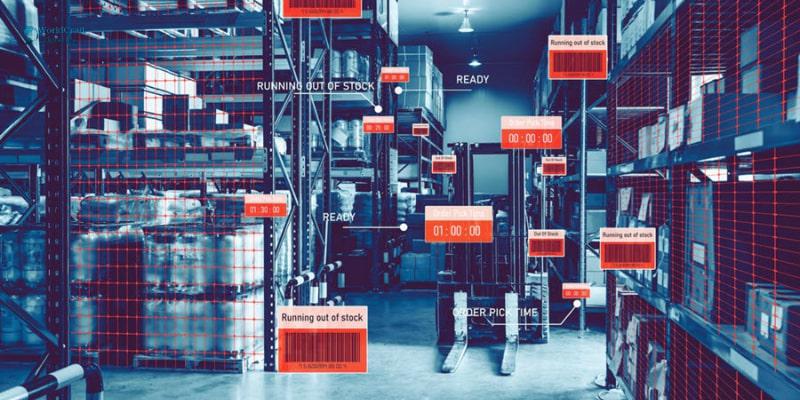
In conclusion, the integration of AI into warehouse management represents a transformative leap into a more efficient, responsive, and intelligent future. From optimizing inventory and order fulfillment to predicting maintenance needs and leveraging robotics, AI has proven to be a game-changer. The adoption of AI not only streamlines operations but also enhances accuracy, reduces costs, and improves overall supply chain performance. As industries embrace the power of AI-driven innovations, warehouse management evolves into a dynamic ecosystem that adapts seamlessly to the demands of a rapidly changing world. The journey toward intelligent warehouses is not just a technological advancement but a strategic investment in the evolution of efficient, data-driven logistics.
SEO
Digital Marketing/SEO Specialist
Simon Mang is an SEO and Digital Marketing expert at Wordcraft Logistics. With many years of experience in the field of digital marketing, he has shaped and built strategies to effectively promote Wordcraft Logistics' online presence. With a deep understanding of the logistics industry, I have shared more than 500 specialized articles on many different topics.
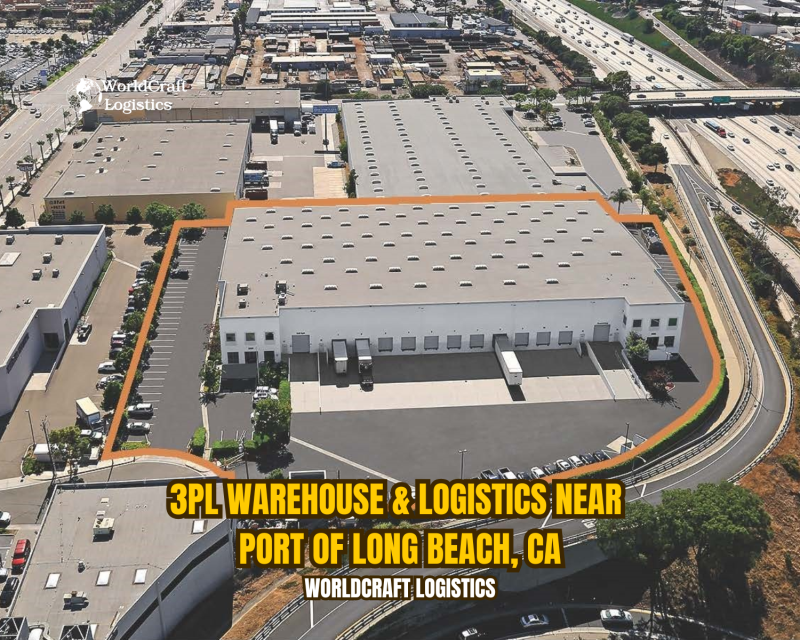
Warehouse
12/30/2024

Warehouse
06/16/2024
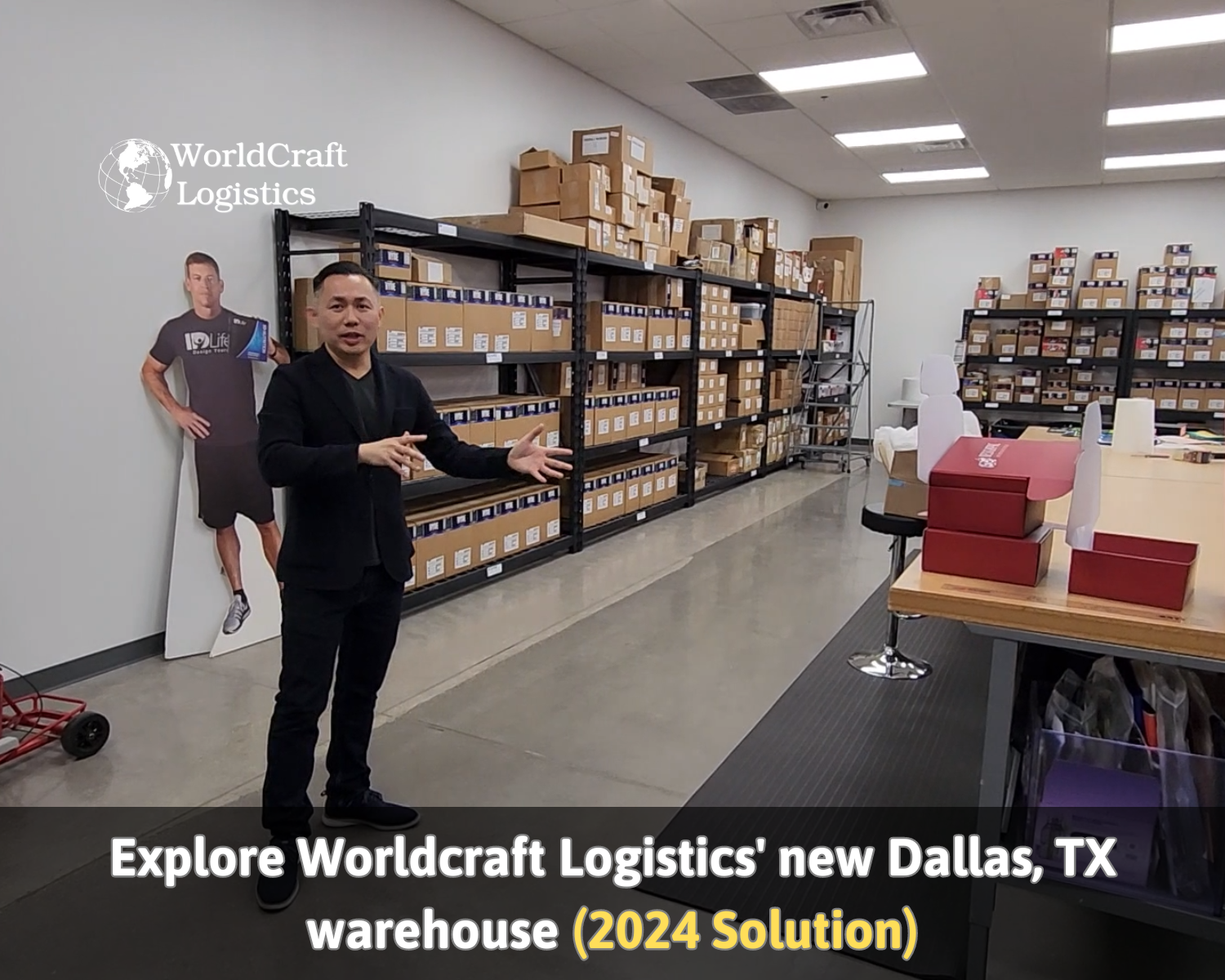
Warehouse
03/03/2024
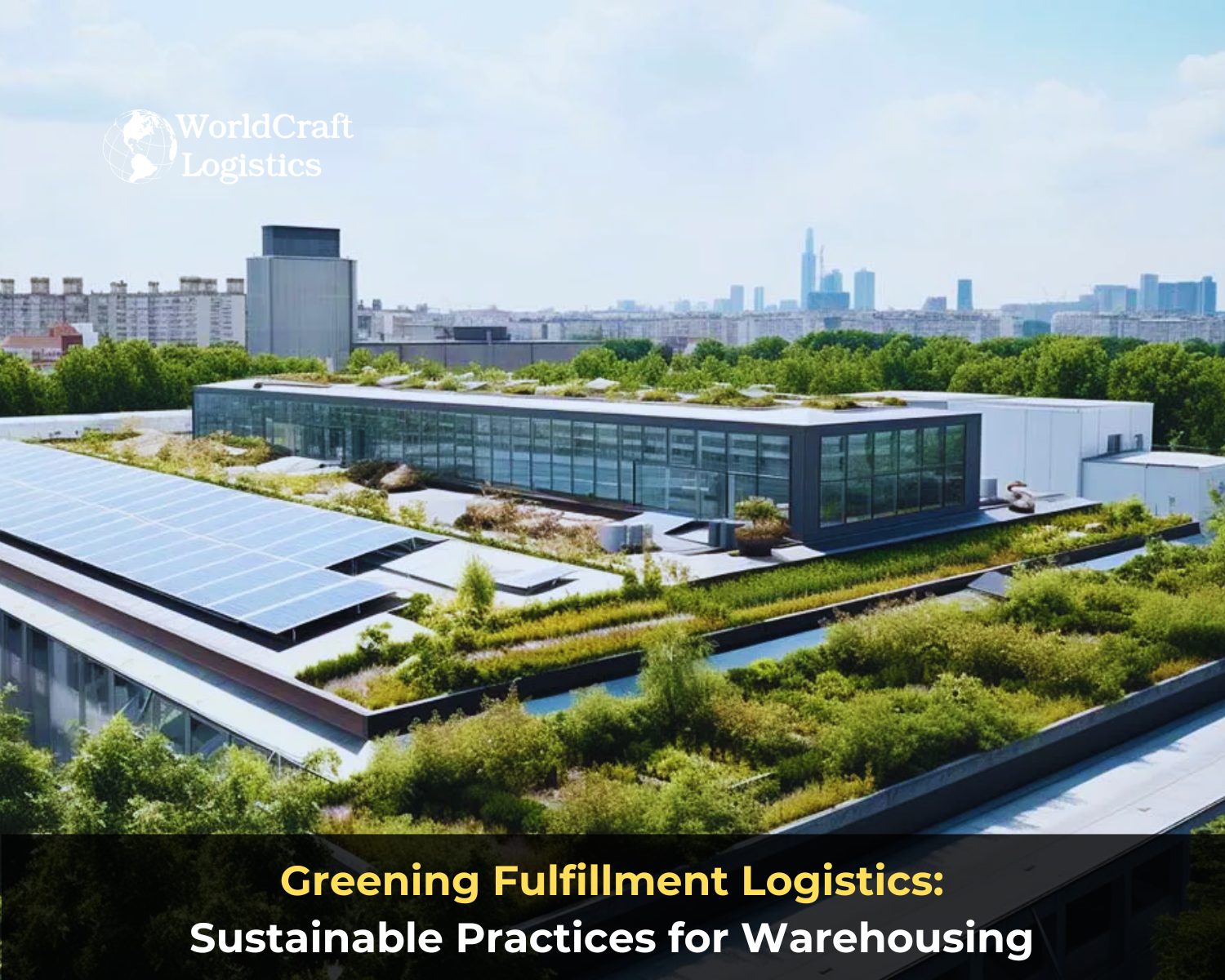
Warehouse
08/25/2024
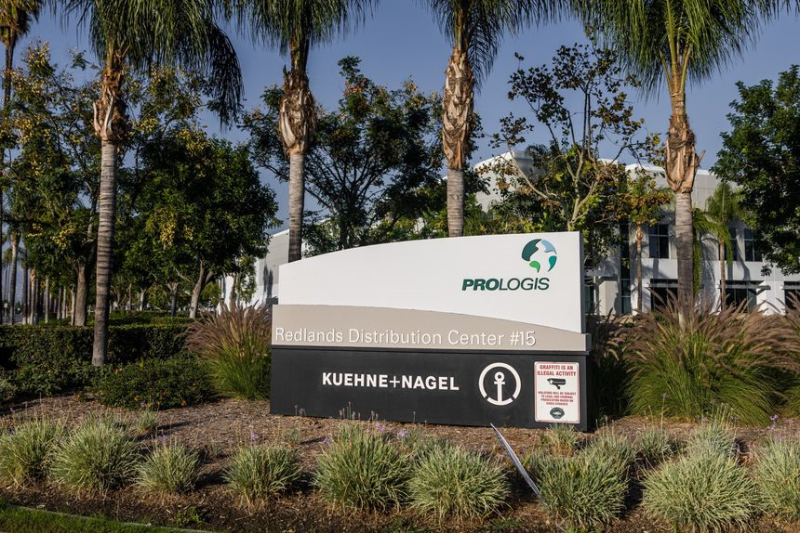
Warehouse
02/20/2023